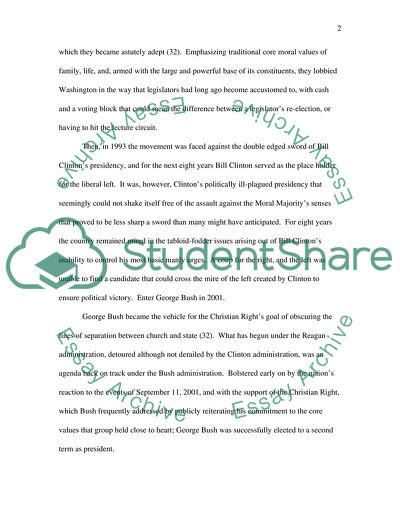Cite this document
(The Development of Evangelical and Pentecostal Christianity in Modern Literature review, n.d.)
The Development of Evangelical and Pentecostal Christianity in Modern Literature review. https://studentshare.org/religion-and-theology/1704418-compare-and-contrast-the-development-of-evangelicalpentecostal-christianity-in-the-united-kingdon-usa-and-latin-america
The Development of Evangelical and Pentecostal Christianity in Modern Literature review. https://studentshare.org/religion-and-theology/1704418-compare-and-contrast-the-development-of-evangelicalpentecostal-christianity-in-the-united-kingdon-usa-and-latin-america
(The Development of Evangelical and Pentecostal Christianity in Modern Literature Review)
The Development of Evangelical and Pentecostal Christianity in Modern Literature Review. https://studentshare.org/religion-and-theology/1704418-compare-and-contrast-the-development-of-evangelicalpentecostal-christianity-in-the-united-kingdon-usa-and-latin-america.
The Development of Evangelical and Pentecostal Christianity in Modern Literature Review. https://studentshare.org/religion-and-theology/1704418-compare-and-contrast-the-development-of-evangelicalpentecostal-christianity-in-the-united-kingdon-usa-and-latin-america.
“The Development of Evangelical and Pentecostal Christianity in Modern Literature Review”. https://studentshare.org/religion-and-theology/1704418-compare-and-contrast-the-development-of-evangelicalpentecostal-christianity-in-the-united-kingdon-usa-and-latin-america.


